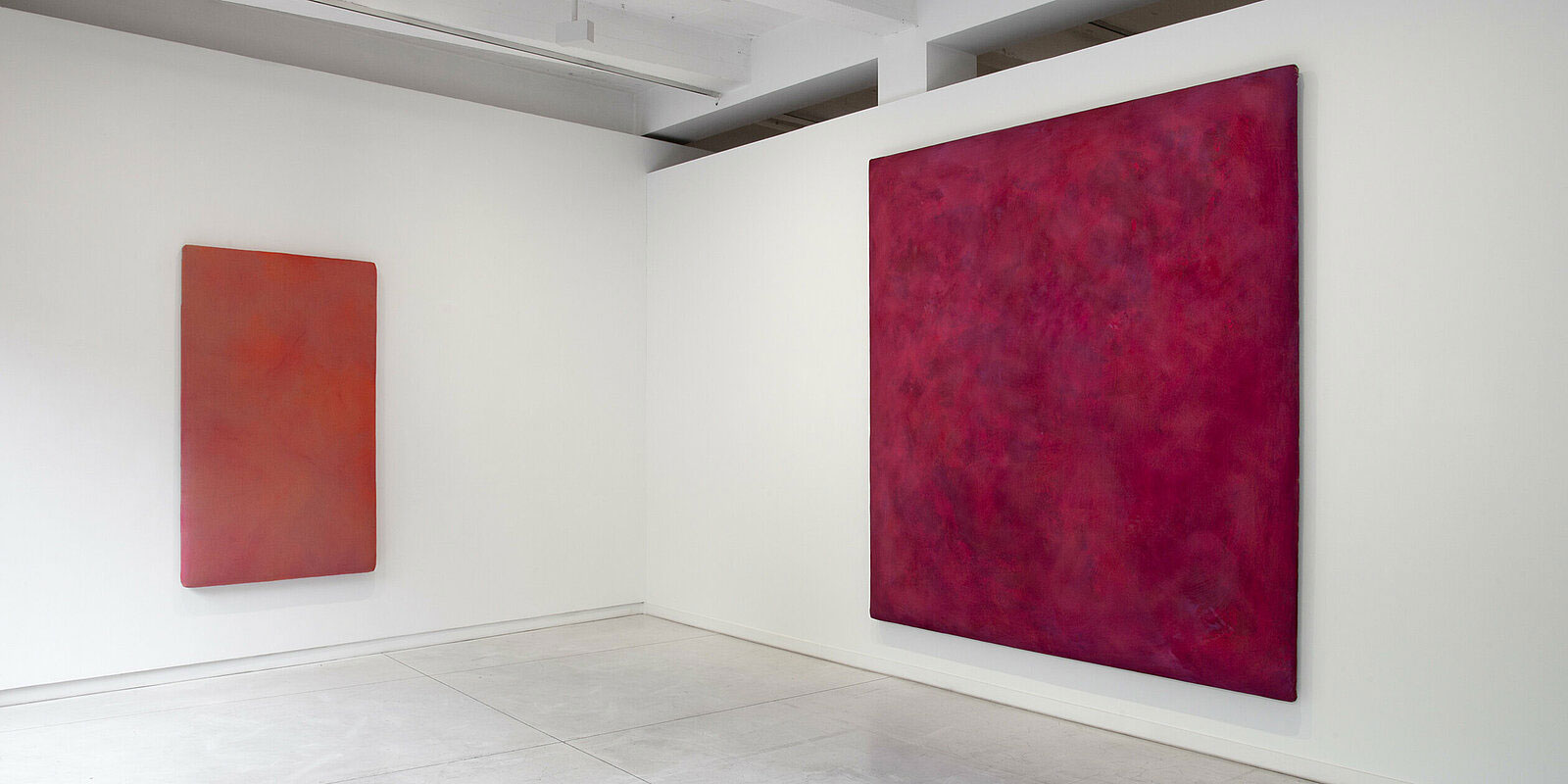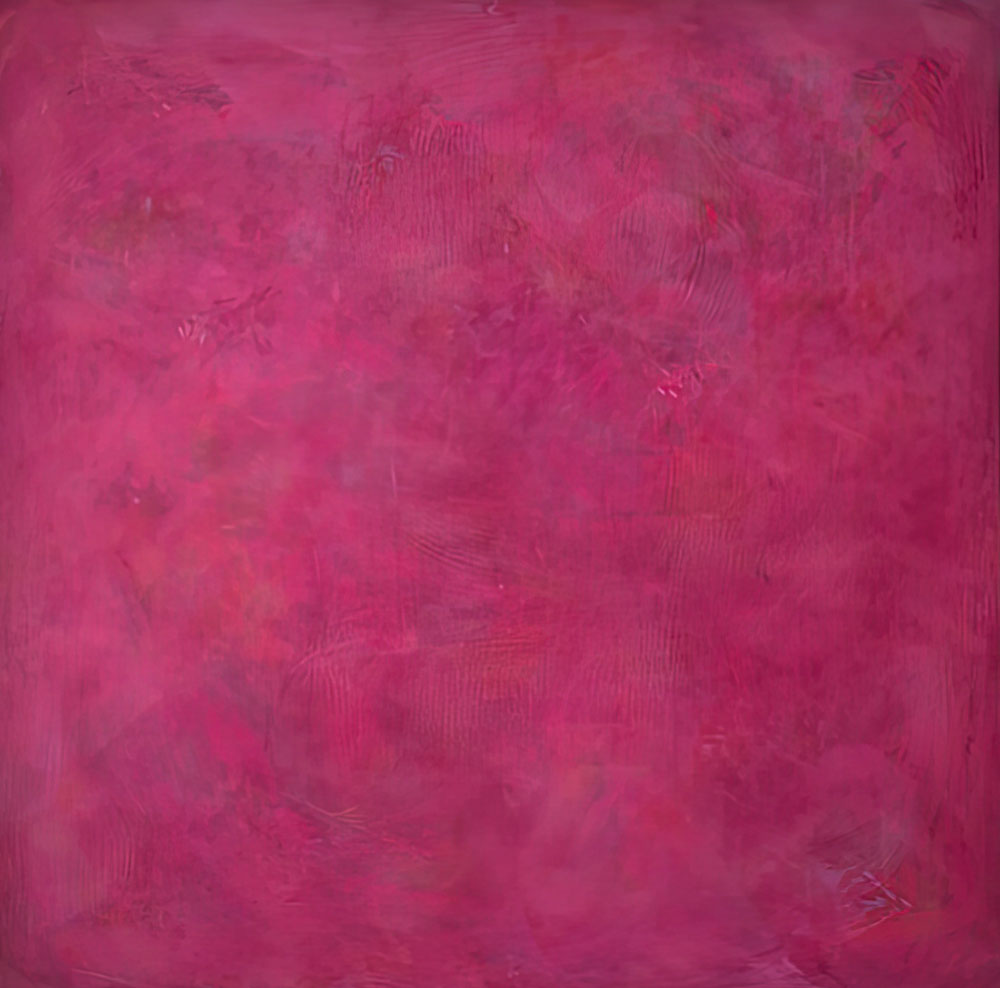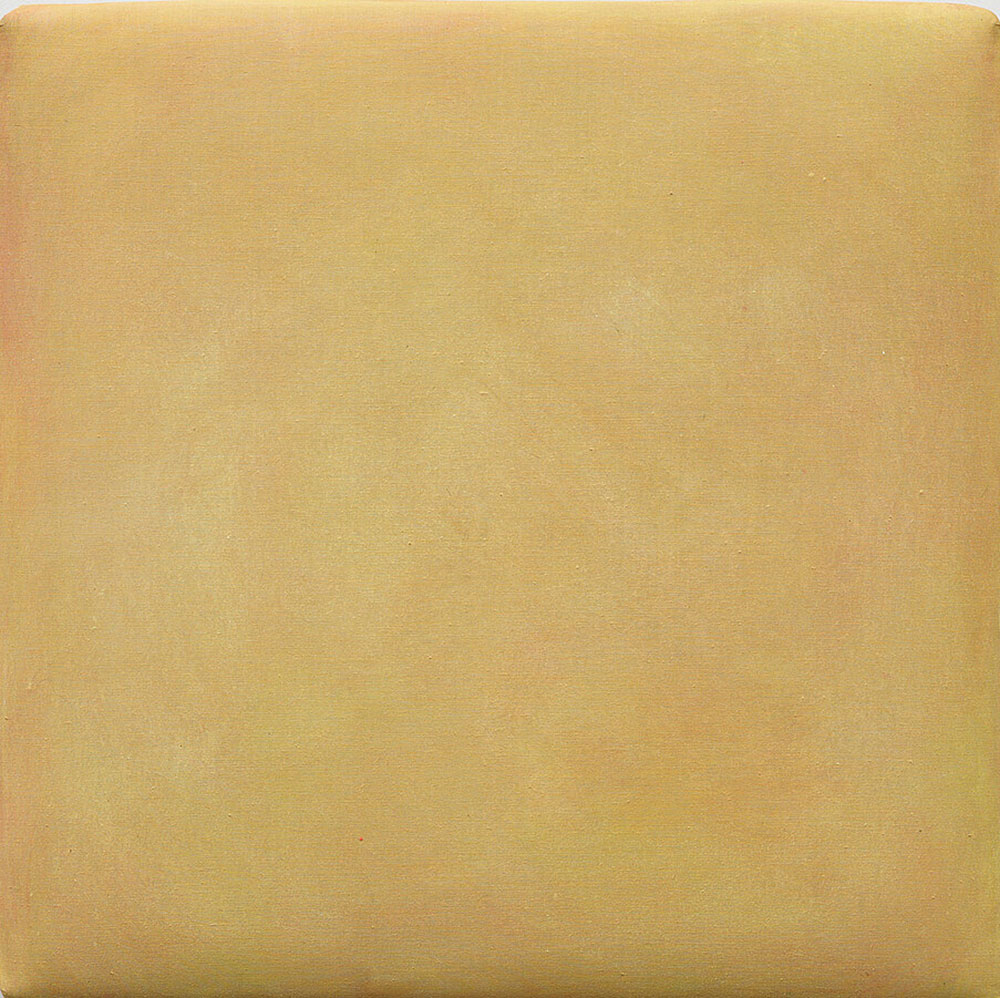ART CITIES: Cologne-Gotthard Graubner
 Volume, space, and color are at the heart of Gotthard Graubner’s body of work. The artist, who saw his pictorial concept through the notion of “Farbraumkörper” (‘colour-space body’), produced color formations of indefinite depth, comparable to the work of Mark Rothko. Not linked to shape, he allows pure color to appear immaterial. It became the medium of the artwork itself. Graubner’s paintings are not exactly monochrome, since there are multiple colours used to create the fogginess of the surface.
Volume, space, and color are at the heart of Gotthard Graubner’s body of work. The artist, who saw his pictorial concept through the notion of “Farbraumkörper” (‘colour-space body’), produced color formations of indefinite depth, comparable to the work of Mark Rothko. Not linked to shape, he allows pure color to appear immaterial. It became the medium of the artwork itself. Graubner’s paintings are not exactly monochrome, since there are multiple colours used to create the fogginess of the surface.
By Dimitris Lempesis
Photo: Galerie Karsten Greve
On the occasion of the 10th anniversary of Gotthard Graubner’s death, a close collaboration with the Archive has resulted the exhibition “Paintings”, a unique presentation of immersive “Farbraumkörper” (color space bodies) as well as works on paper and photographs that have never been presented before. Already in the series of “Zeichenbilder”, which were created during his studies at the School of Fine Arts in Düsseldorf, the essential importance of color for the artist became apparent. In the 1960s Graubner developeded his first “Farbräume” (Color spaces), which he realized in oil on canvas. The so-called “Nebelräume” (Nebular Spaces) of 1968 enveloped the viewer in an impenetrable, opaque atmosphere. From this point on, the core of Gotthard Graubner’s work would be the observer’s bodily experience and the painting’s somatic qualities. In the early 1960s, Graubner created his first “Kissenbilder” (cushion paintings) with the determined goal of giving color a physicality. From these, Graubner developed his color space bodies at the beginning of the 1970s. In a layering process, colors are applied to the flat canvas and combine not only with each other, but also with the absorbent synthetic cotton underneath. This forms the three-dimensional convex body of the work and allows the color to expand spatially into and out of depth. The intent here is to return to what color in painting meant originally, yet not to delve into the relationship between the painting and the object itself. Graubner abides by the rules of Color Theory. Graubner’s work was significantly influenced by the technique of color shadows, which had already been mastered by painters such as Titian, Veronese, Tintoretto, and Pontormo. This same technique became the forerunner of the scientific investigations that Goethe, Klee, and Itten later made into the interaction of color and light. While at first glance we may see only a monochrome piece, the eye soon discerns a multitude of colorful, overlapping layers busily conversing with one another. Graubner’s artistic endeavour is purely pictorial, rooted in observations of reality and in our perceptions of the world. These are always governed by the role light plays as it reflects off objects; producing color, and making the shapes around us visible. For Graubner, colors do not belong to the abstract, but rather they are the very entities that compose our world. With this in mind, the artist strives to use color in his work not just as a means but also indeed as his very subject: one that he tries to condense into a quivering and breathing organism. The canvas, like a layer of skin, covers and protects the piece, allowing color to penetrate during an osmosis process between the inside − the ‘body’ of the piece − and the outside − its surface. Art historian and philosopher Gottfried Boehm described this as a “subcutaneous painting”; where the same pigment is partially absorbed by the sponge or cotton underneath the canvas while it also simultaneously lies on the surface of the raw fabric. Gotthard Graubner’s painting is therefore total, absolute, it does not seek to reproduce the visible but is in itself a living organism. It carries within the traces of the creative process, and it is the culmination of that action: all at once it is both becoming and being; action and contemplation.
Photo: Gotthard Graubner, Paintings, Installation view, Galerie Karsten Greve- Cologne, 2023, Courtesy Galerie Karsten Greve
Info: Galerie Karsten Greve, Drususgasse 1-5, Cologne, Germany, Duration: 22/4-24/6/2023, Days & Hours: Tue-Fri 10:00-18:30, Sat 10:00-18:00, https://galerie-karsten-greve.com/


